Apollo 8: First human-taken photograph of the whole Moon from a perspective not visible from Earth. William Anders [Apollo 8], 21–27 December 1968. Vintage chromogenic print on fiber-based Kodak paper, printed 1968 [NASA AS8–14-2506]. 25.4×20.3 cm (10×8 in), with „A Kodak Paper“ watermarks on the verso (NASA / North American Rockwell). Literature: LIFE 10 January 1969 pp. 26–27; NATIONAL GEOGRAPHIC May 1969 pp. 622–623; Schick and Van Haaften, p. 96. On December 25, 1968, after 10 revolutions around the Moon, Apollo 8’s SPS (Service Propulsion System) engine was ignited over the farside for trans-Earth insertion (TEI) to accelerate out of lunar orbit. An engine failure would have stranded the men in lunar orbit with no hope of rescue. During their 20 hours in lunar orbit the crew had photographed the desolate world from an altitude of about 60 nautical miles. Due to their arrival in the shadow of the Moon, it is only at the beginning of their homeward journey that they were offered unprecedented views of the Moon’s sphere in an orientation that is not seen by terrestrial observers. William Anders took this historic first photograph of the whole Moon from a perspective not visible by terrestrial observers from above its eastern limb. Familiar frontside features such as the Sea of Tranquility, Fertility, Crises, and Nectar are easily identified. Features near the east limb as viewed from Earth, such as the Southern Sea, Smyth’s Sea, Border Sea, and the Crater Humboldt, can be viewed without extreme foreshortening. Lunar farside features occupy most of the right half of the picture. “I think the Moon resembled what the Earth must’ve looked like before there was life. Or what it could look like after an all-out nuclear war.” Frank Borman (Chaikin, Voices, p. 45).
Condition
Apollo 8: First human-taken photograph of the whole Moon from a perspective not visible from Earth. William Anders [Apollo 8], 21–27 December 1968. Vintage chromogenic print on fiber-based Kodak paper, printed 1968 [NASA AS8–14-2506]. 25.4×20.3 cm (10×8 in), with „A Kodak Paper“ watermarks on the verso (NASA / North American Rockwell). Literature: LIFE 10 January 1969 pp. 26–27; NATIONAL GEOGRAPHIC May 1969 pp. 622–623; Schick and Van Haaften, p. 96. On December 25, 1968, after 10 revolutions around the Moon, Apollo 8’s SPS (Service Propulsion System) engine was ignited over the farside for trans-Earth insertion (TEI) to accelerate out of lunar orbit. An engine failure would have stranded the men in lunar orbit with no hope of rescue. During their 20 hours in lunar orbit the crew had photographed the desolate world from an altitude of about 60 nautical miles. Due to their arrival in the shadow of the Moon, it is only at the beginning of their homeward journey that they were offered unprecedented views of the Moon’s sphere in an orientation that is not seen by terrestrial observers. William Anders took this historic first photograph of the whole Moon from a perspective not visible by terrestrial observers from above its eastern limb. Familiar frontside features such as the Sea of Tranquility, Fertility, Crises, and Nectar are easily identified. Features near the east limb as viewed from Earth, such as the Southern Sea, Smyth’s Sea, Border Sea, and the Crater Humboldt, can be viewed without extreme foreshortening. Lunar farside features occupy most of the right half of the picture. “I think the Moon resembled what the Earth must’ve looked like before there was life. Or what it could look like after an all-out nuclear war.” Frank Borman (Chaikin, Voices, p. 45).
Condition
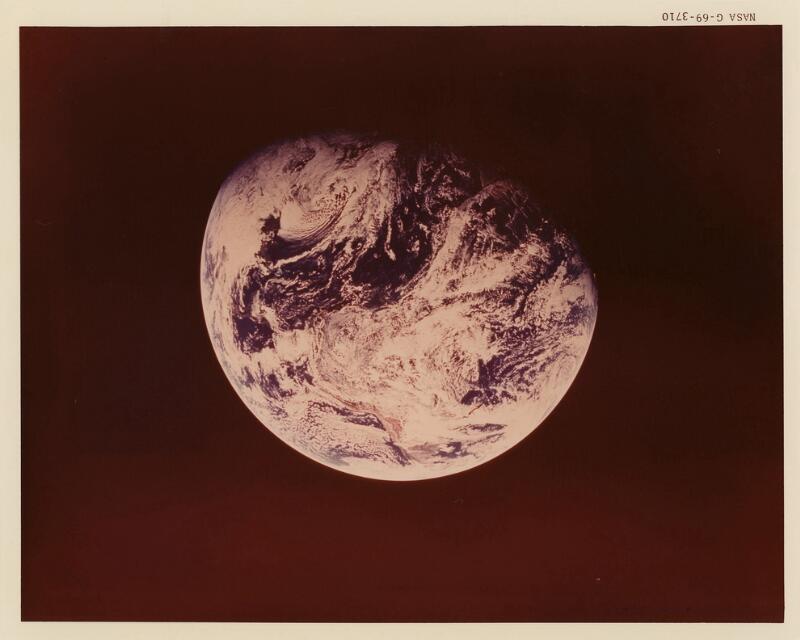
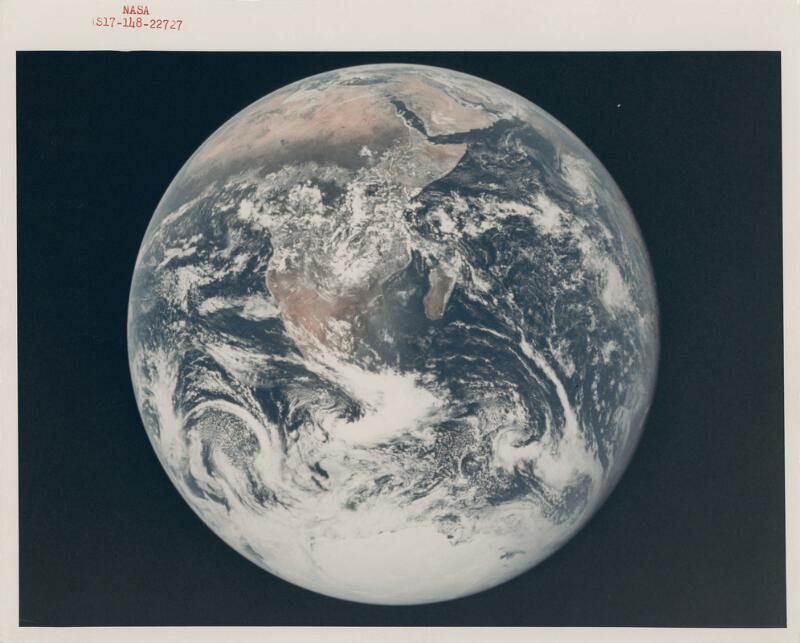
.jpg)
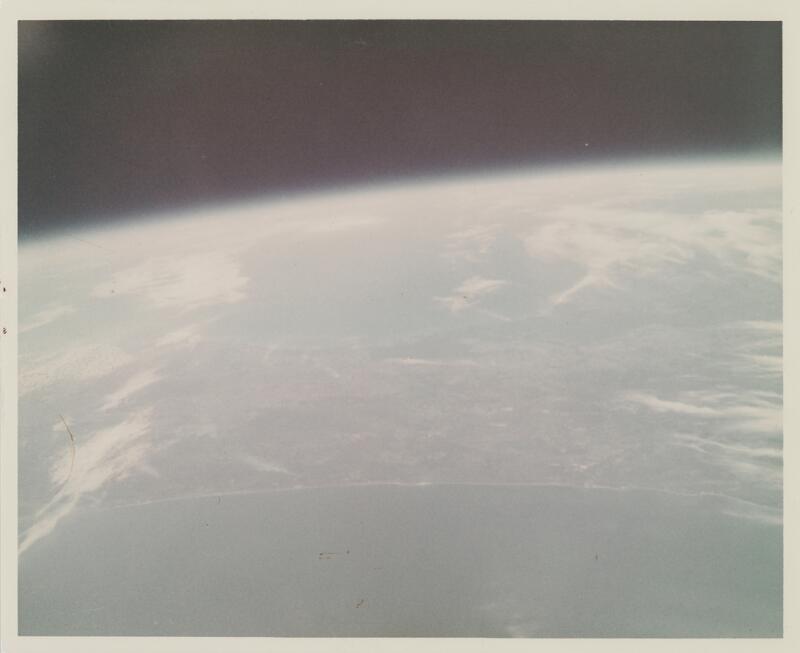
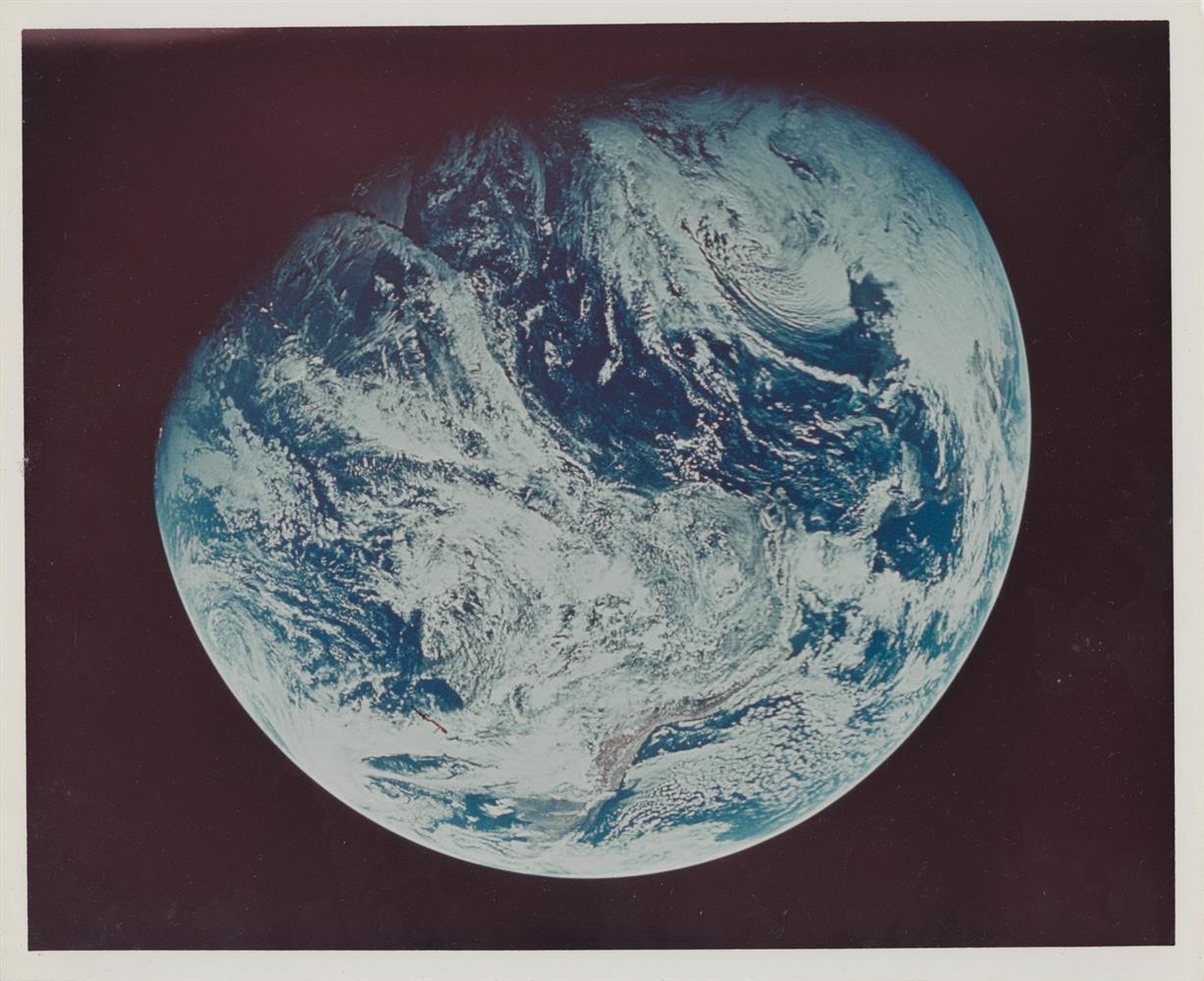
.jpg)
.jpg)
.jpg)
.jpg)
.jpg)
.jpg)
.jpg)

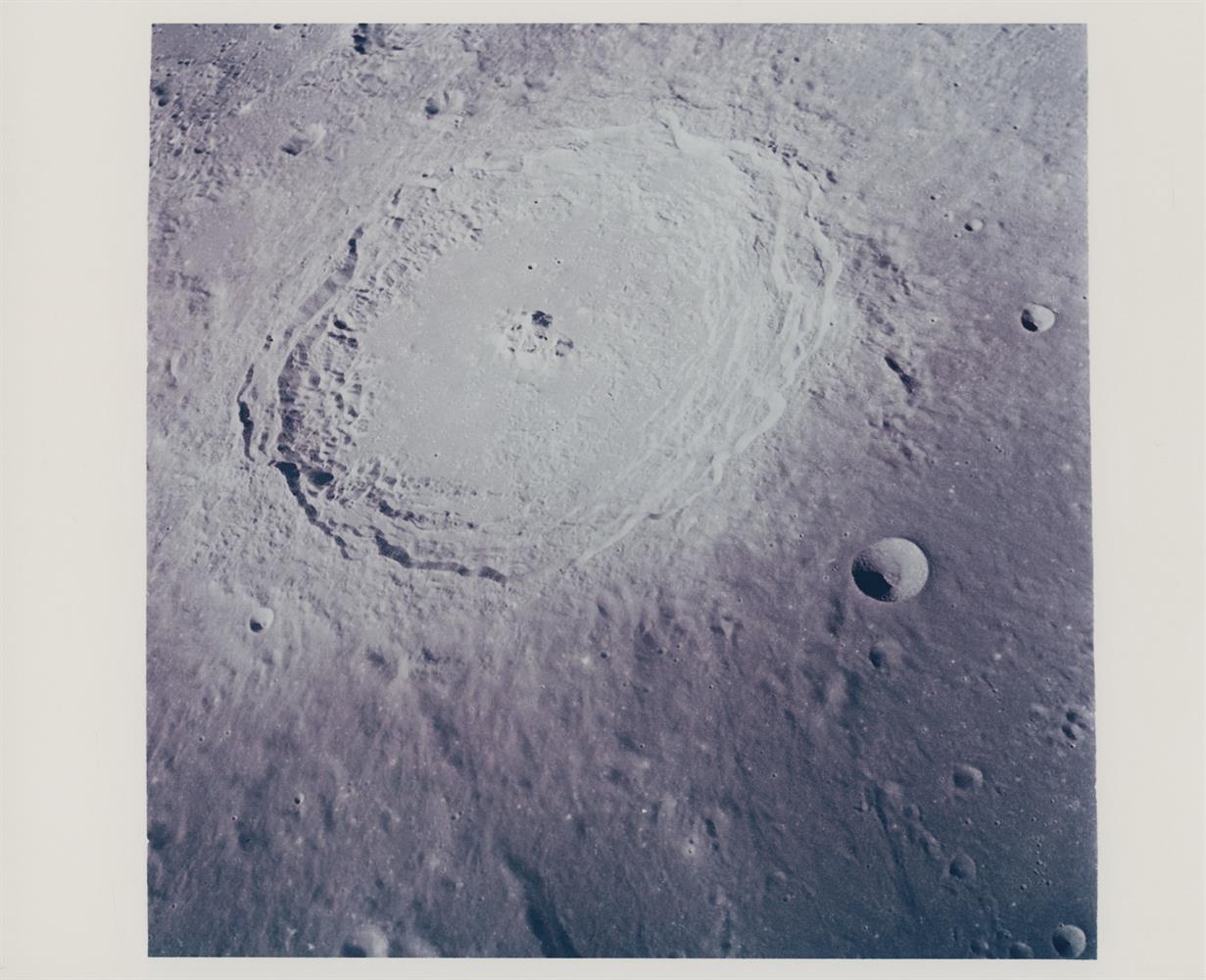
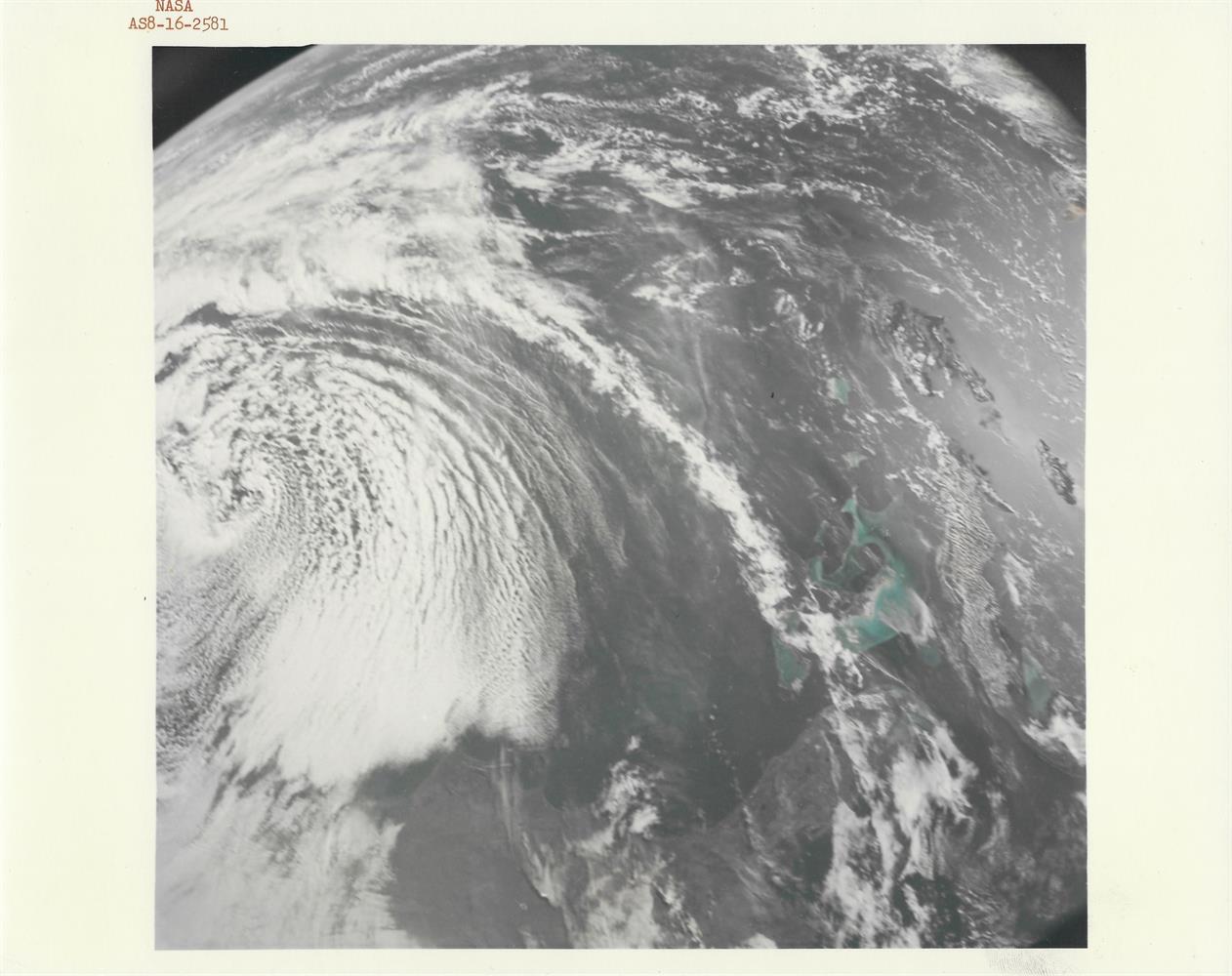
Try LotSearch and its premium features for 7 days - without any costs!
Be notified automatically about new items in upcoming auctions.
Create an alert